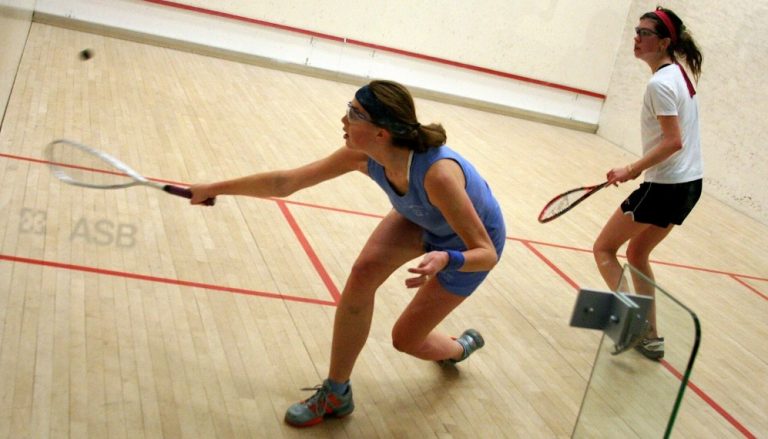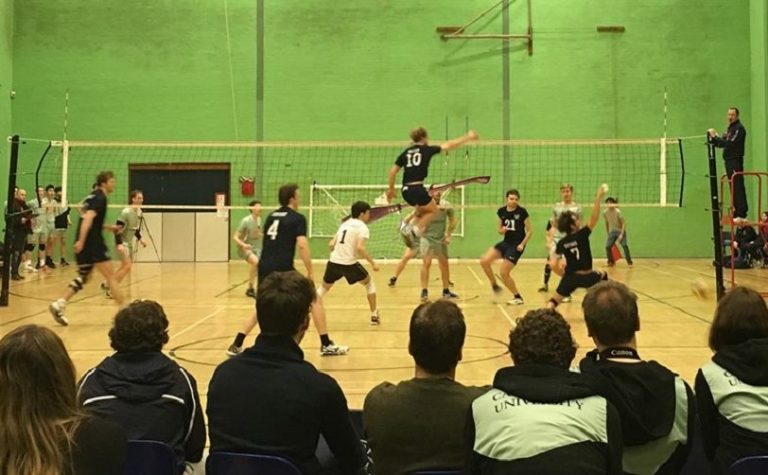Every election in itself produces enough material to arguably be considered art. From campaign posters, debates and public appearances, each element is tightly controlled by spin doctors, campaign managers and script writers to evoke the greatest emotional response from the audience with the hope that this may eventually transform into votes. The simpler politicians try to make events appear, the more thought appears to be involved. This is achieved through a variety of visual media. The plethora of politicians suddenly showing an interest in industry, wearing silly outfits and placing themselves as nature’s greatest enemy by turning up at flooding sites in wellies (somewhat reminiscent of Caligula declaring war on the sea) is just one level of this ridiculous game. Cumatively this could be argued to be one massive dystopian modern art exhibition, the gallery being Britain and the impact unnervingly real.
Indeed elections are perhaps one of the most concentrated examples of human creative skill and imagination, partly due to the ambition of the artists themselves and the sheer amount of misdirection required to run a successful campaign. One of the most talented figures on the scene today is Lynton Crosby.
Crosby’s success in Australia has earned him the nickname “the Wizard of Oz”. With such a stage name, his role in the artistic world is clear. His favourite stroke technique is the ‘dead cat’ manoeuvre, a way of distracting the press into talking about a less damaging topic. His work is remarkable in the context of his position of power and the spectrum of his previous employers goes just some way to demonstrate this artist’s global dominance.
Arguably the most powerful brush in the campaign manager’s palette is visual advertising. Back in 1995, there was an exhibition in the Saatchi Gallery in London, exploring advertising as a concept – the advertising industry’s relationship with art is already well established. Speaking of the purpose of advertising itself, Crosby is reported in The Guardian to have said, “The most effective advertising is that which takes an existing perception and leverages it. Advertising is, of itself, not a very persuasive medium or a mind-changing tool. Its purpose is really to reinforce and trigger existing perceptions.” Such a description shares similarities with the motivation of much modern art. Crosby was hired by David Cameron in 2015 to run the General Election campaign and if results are anything to go by, especially given the uncertain polls in the lead up to election day, Crosby’s art cannot be doubted for its impact.
One of the most strikingly effective posters of the campaign, was an image of Ed Miliband in the pocket of Alex Salmond. This poster worked by making a powerful political debate appear self-evident. The comedic element to this piece was significant in evoking a public response. However, such an advertising campaign was not without witty backlash. The decision to put Cameron’s big shiny head on many public billboards afforded an apparently endless scope for parody (example above).
Political advertising is a field which just gets more ambituous with time, as politicians have to find news ways to turn the electorates eyes from the truth; a task doubled in complexity with the advance of the internet. With the referendum on Europe recently announced, the future looks more artistic than ever.




